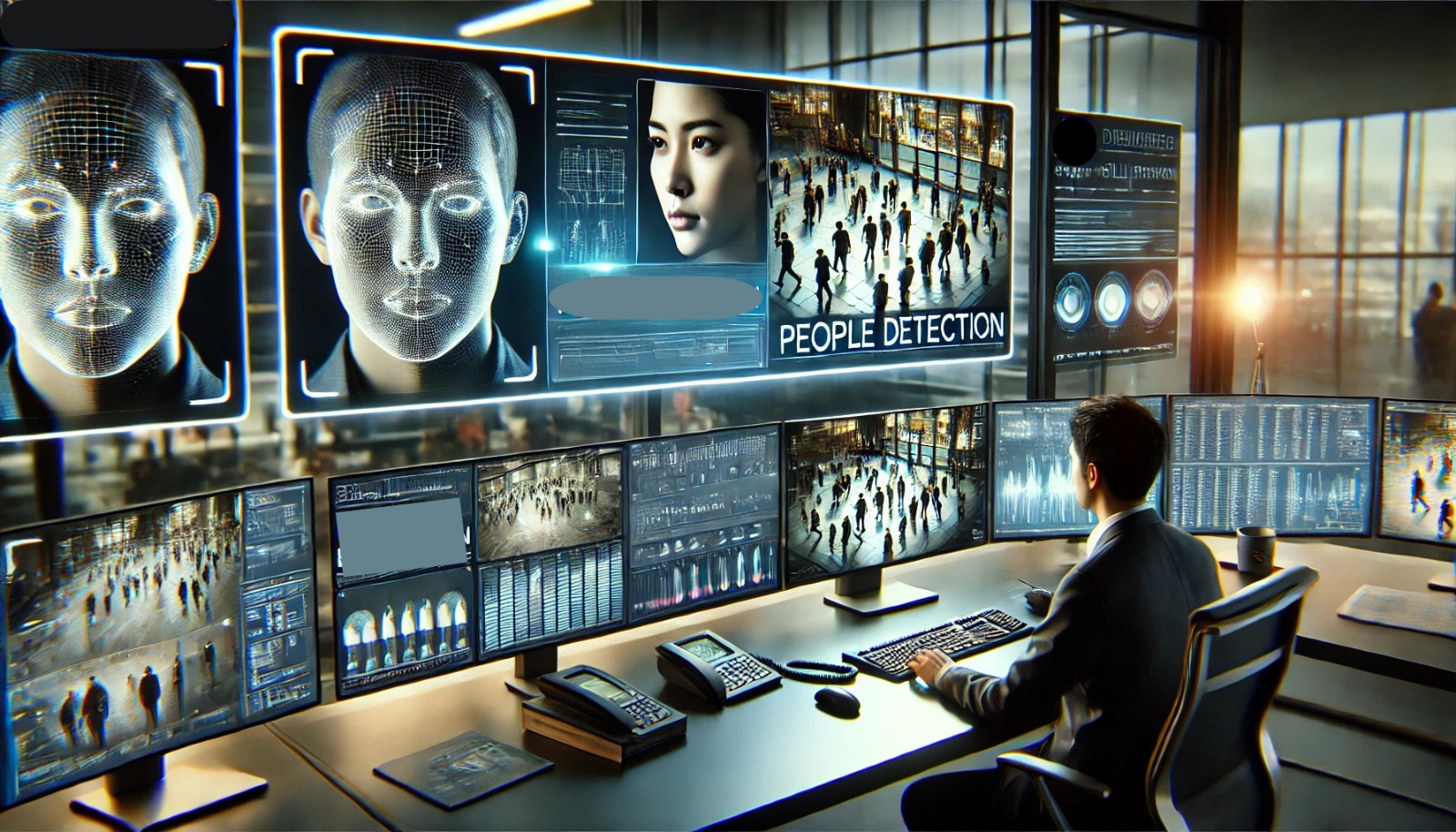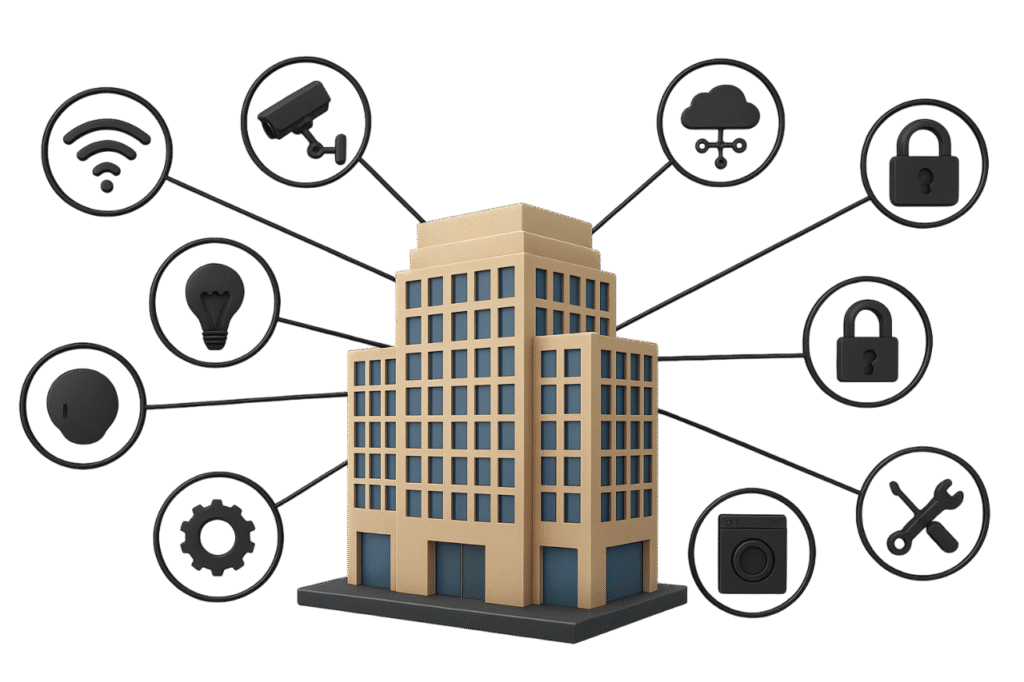In today’s rapidly evolving security landscape, organizations are turning to advanced technologies for enhanced protection and situational awareness. Two widely discussed solutions are facial recognition and people detection. Although they both leverage computer vision and AI, their purposes, implications, and legal considerations differ significantly.
What Is Facial Recognition?
Facial recognition is a biometric technology that identifies or verifies individuals by analyzing unique facial features—such as the distance between the eyes, nose shape, and jawline. The system creates a “facial signature” and compares it to a database of known faces.
- Accuracy & Performance:
- According to the NIST Face Recognition Vendor Test (FRVT), top-performing facial recognition algorithms can achieve very high accuracy. However, real-world conditions like poor lighting or face coverings can reduce effectiveness.
- Bias Considerations:
NIST and other researchers note that some algorithms may exhibit demographic biases.
-
- Ongoing audits and careful dataset selection help mitigate these issues.
- Applications:
- Security & Law Enforcement: Identifying individuals of interest.
- Access Control: Ensuring only authorized personnel enter restricted areas.
- Customer Experience: Personalizing retail or banking services.
- Privacy & Compliance:
- Facial recognition involves personally identifiable data and is subject to privacy laws like GDPR (EU) and CCPA (California). Organizations must have robust data protection measures.
What Is People Detection?
People detection identifies the presence, number, and movement of individuals in a given space—without aiming to recognize who they are. It relies on object detection algorithms that look for human shapes or movement patterns.
- Privacy-Friendly Approach:
-
- Since people detection does not store individual identities, it is typically less impacted by privacy regulations, though transparency and good data handling remain important.
- Common Uses:
- Crowd Management: Monitoring occupancy and flow, especially in public venues.
- Retail Analytics: Tracking customer foot traffic to optimize store layouts.
- Workplace Safety: Checking occupancy limits or distancing requirements.
- Accuracy in Challenging Environments:
- As noted in peer-reviewed computer vision journals, lighting, occlusion, and camera angles can affect accuracy. Combining multiple cameras or sensors (e.g., thermal) boosts reliability
Key Differences
At some U.S. airports, the Transportation Security Administration (TSA) is piloting facial recognition at security checkpoints to verify passenger identities more efficiently. At the same time, people detection technology is used throughout the terminal to monitor foot traffic, identify bottlenecks, and manage overall occupancy. By combining these technologies, airports can streamline the boarding process (facial recognition) while maintaining safe crowd levels and optimizing passenger flow (people detection).
(Reference: TSA’s Facial Recognition Pilot Program)
- Conduct a Risk Assessment
- Evaluate your specific needs (e.g., identity verification vs. crowd analysis) and potential risks (privacy, bias, data security).
- Ongoing Monitoring & Audits
- Regularly test for accuracy and bias. The NIST FRVT and other standardized tests can be used to benchmark performance.
- Combine with Other Security Measures
- Use multi-factor authentication, physical barriers, or other surveillance systems to reinforce overall security
-
Facial recognition and people detection both serve vital roles in modern security and operational efficiency. Facial recognition excels in identity verification but demands careful handling of personal data and strict compliance with privacy regulations. People detection offers valuable insights into movement and occupancy while posing fewer privacy concerns.
By carefully selecting and integrating the right technologies, organizations can address unique security needs, improve situational awareness, and maintain responsible data practices. For specialized guidance in designing and implementing these solutions, Secure Our City, Inc. provides expert support tailored to each client’s environment and objectives.
Trusted Sources
- National Institute of Standards and Technology (NIST)
- European Union’s General Data Protection Regulation (GDPR)
- California Consumer Privacy Act (CCPA)
- IEEE Transactions on Pattern Analysis and Machine Intelligence
- TSA’s Facial Recognition Pilot Program
For more information or assistance, reach out to Secure Our City, Inc.







